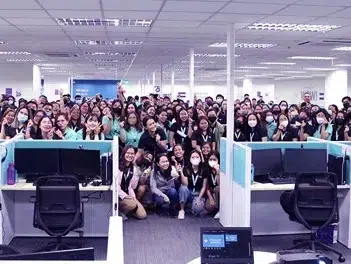Navigating stressful cycles like audit season or year-end close is one thing—it comes with the territory, after all! But if your team is constantly running on caffeine, duct-taping processes, and crossing fingers just to make it through the day, then it’s not just a “busy season” thing, but a burnout blueprint.
It’s time to trade these chaotic patterns for a smarter, saner strategy.
In this blog, we’ll walk you through practical ways to build and manage your firm’s capacity effectively.
Why is Capacity Management Important?
As you may already know, capacity management means making the most of your accounting firm’s resources.
Capacity management matters because it helps your team stay balanced and not buried. When you know what your people can handle, work flows smoother, deadlines are met, and no one burns out. It’s how smart firms grow—without the chaos.
Managing Capacity: How to Tell You’re Doing It Right
So, how do you know if you’re managing capacity the right way? Here are some indicators:
- You evenly divide workload among team members
- You regularly identify and prevent delays in your operations
- You use your firm’s budget wisely
- You see your firm moving toward long-term growth
Especially in the field of accounting, good capacity management translates into consistent high-quality output, constant checks and balances within and across your teams, and steady growth that’s observable as time goes on.
The State of AI in Accounting
Emerging Trends, Challenges, & Opportunities in 2024
Key Findings
- There's no escaping AI. The majority of accounting professionals expect that AI will transform the accounting industry in substantial ways.
- Roles matter. Enthusiasm about AI depends significantly on a person's role within a firm - owners, partners, and directors are more likely to embrace AI, whereas individual contributors are more skeptical.
- No one's being replaced, but change is coming. The majority of accounting professionals are not worried that AI will replace them. But they are concerned about what the bookkeeper's role will look like in the future.
- Communicate is the #1 AI use case in accounting. Accountants are using AI to compose emails and fine-tune their writing tone, in favor of accounting-specific functions, like tax preparation and audit.
- AI is core to modern business strategy. Accounting professionals are recognizing that AI is important to the value of their firm and can give them a competitive advantage.
- Humanity, ethics, and data security are big concerns. Accounting professionals are worried that AI will reduce the level of humanity in their client interactions, and are concerned about data protections and ethical dilemmas.
- The biggest hurdle: AI intent vs. training. More accountants are excited by AI than those actively investing in AI training for their teams. Commitment to AI education correlates with firm size - as firm size increases, so does AI training investment until you get to firms with over 200 employees.
- Firms across the globe are standing at a crossroads. The transformative potential that AI offers accounting businesses is too great to ignore. And at the same time, the potential implications of not giving it the attention it deserves are equally too great to ignore.
To be more specific, good capacity management typically shows up in the following indicators:
- Work-Life Balance
- Low overtime rates and few burnout cases
- High employee satisfaction, morale, and retention rates
- Seamless Operations
- Few to no files stuck in WIP
- Consistently aligned internal audits and external audits
- Designated teams for checks and balances
- Smart Budgeting
- Consistently positive operating cash flow (more cash generated than cash spent)
- Consistently aligned budget tracking and actual tracking
- Low reliance on debt to cover expenses
- Steady Growth
- Monthly or yearly revenue increase and profit margin
- Scalability (customer demand meets talent supply)
- Growing client base
Ways to Boost Capacity Management
Whether you just want to make small tweaks to your operations or carry out a large-scale overhaul, here are five things you should consider when it comes to capacity management for your accounting firm.
1) Harness Technology

- Accounting Software with AI Features
- Xero
- QuickBooks Online
- Zoho Books
- FreshBooks
- AI-Heavy Accounting Platforms
- Vic.ai
- MindBridge
- Dext Precision
2) Standardize Your Workflows

When accounting workflows are all over the place, even the best teams can feel like they’re stuck in quicksand.
This is where standardising your workflow comes in! After all, tasks like onboarding clients, processing payroll, or closing month-end books need clear and repeatable steps, so that you prevent confusion, reduce rework, and free up time for more strategic work.
Add in workflow strategies like Agile or Scrum, and suddenly, accounting teams are moving in focused sprints instead of chaotic marathons! It’s like trading in your firm’s duct-taped processes for a finely tuned machine—less guessing, more getting things done.
3) Tier Your Workload

Not all tasks are created equal.
Especially in accounting, workload is often split into three main types: Recurring work, compliance work, and strategic work.
We’ll be breaking them down for you below.
Recurring Work
Recurring work is basically the set of routine tasks that happen on a regular schedule (like daily, weekly, monthly, quarterly, or annually).
Some examples of recurring work include:
- Payroll processing
- Monthly bank reconciliations
- BAS/IAS lodgements
- Recurring client reports
- Regular bookkeeping
Recurring work keeps the lights on—it’s predictable and ideal for scheduling ahead and delegating.
Compliance Work
Meanwhile, we also have compliance work, which are mandatory tasks tied to regulations, tax deadlines, and reporting standards. Some examples of compliance work are:
- Tax return preparation and filing
- Year-end close and financial statements
- Audit preparation
- Superannuation reporting
- Regulatory submissions (e.g. ATO)
Compliance work is highly crucial because these are non-negotiable and deadline-drive. Poor handling of compliance tasks can damage client trust and lead to penalties.
Advisory or Strategic Work
Finally, we have advisory work, which is considered higher-value, consultative services that support client growth and decision-making. These include:
- Cash flow forecasting
- Budget planning
- Business advisory
- Virtual CFO services
- Process improvement consulting
Advisory work is where firms build stronger client relationships, set themselves apart from competitors, and ultimately, drive revenue.
Why Tiering Matters
More than just a neat framework, tiered workload is a strategic move that helps accounting firms operate more efficiently, deliver more value, and scale sustainably. For instance, tasks classified as recurring tasks means that they’re typically high-volume and routinary.
Because of the categories, the designated staff for process mapping and time allocation can adjust accordingly! After all, we wouldn’t want to bury senior staff in recurring tasks like data entry or prep work, nor should we get too little time on tasks that require days or weeks to get done.
4) Hire More High-Value Onshore Staff

Once you’ve got your workload neatly categorised, the next smart move is delegation. We stand by saying that not all tasks are created equal, and neither should your team’s time be.
Your onshore staff should be laser-focused on high-margin, strategic work like client advisory and complex compliance, where their skills deliver the most value. Meanwhile, routine tasks like data entry or reconciliations can and should be delegated to offshore teams or support roles.
It’s not about offloading for the sake of it. Instead, it’s about unlocking your team’s full potential by letting the right people do the right work. When firms get this balance right, efficiency goes up, burnout goes down, and everyone wins, including your bottom line!
5) Tap a Global Team

Offshore teams often get a bad rap—some picture them as a disconnected, lower-quality alternative or assume “offshore” means sacrificing control. But those are old myths that don’t hold up in today’s global business world.
In reality, a well-integrated offshore team is the perfect solution for handling routine, process-driven tasks like data entry, reconciliations, and report preparation. These are essential to keeping things running, but they shouldn’t eat up the time of your top talent.
If you pair an offshore engine with your onshore expertise, accounting firms create a smarter, more scalable model—one that delivers quality, reduces burnout, and lets your senior staff focus on high-margin, high-impact work. It’s not about replacing anyone, but about building the kind of team even your timesheets would be proud of!
Build Capacity by Finding the Right Global Team
With the right global accounting team in place, you’ll clear bottlenecks, hit deadlines with ease, and free up your top talent for the work that really moves the needle.
Don’t wait for burnout to make the call—partner with a trusted firm like TOA Global to help with scaling, building capacity, and driving growth to your firm like you’ve never seen before.



















